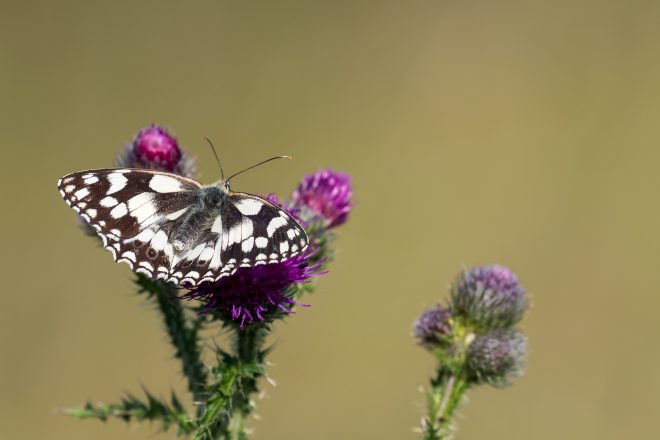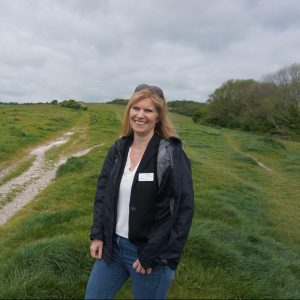Groundbreaking wildlife study in parish is a first for South Downs National Park
January 11, 2024

A South Downs parish has produced its very own nature “health check” to show the state of wildlife in its boundaries and how biodiversity can bounce back.
Kingston-near-Lewes Parish Council has published the report, which provides a detailed baseline of the state of the natural environment in Kingston Parish today.
It’s the first detailed parish-wide mapping project of its kind in the South Downs National Park.
Nearly 50% of the parish is in a priority habitat and 20% of the parish is in a Site of Special Scientific Interest (SSSI).
The report identifies a series of opportunities to halt and reverse biodiversity decline in the parish, as well as combat and adapt to climate change.
The parish council has established a dedicated Kingston Nature Recovery Group to take the recommendations of the report forward through an action plan.
Some of the projects being planned include a “garden pledge” scheme to encourage householders to manage their gardens in a wildlife-friendly way, a parish-wide initiative to monitor a range of species and changes to the management of parish council land to encourage biodiversity.
Ian Douglas, Chair of Kingston-near-Lewes Parish Council, said “My fellow councillors and I are most grateful to the South Downs National Park Authority for its support towards this important and ground-breaking report by Wild Business. It provides detailed analysis of the natural environment of the parish and will allow us as a community to plan how we address the challenges of nature recovery collectively and individually.”
The SDNPA is viewing it as an exemplar pilot project and there is potential for nature recovery mapping in other parishes in the future.
 Claire Kerr, Countryside and Policy Manager, who leads nature recovery in the National Park, said: “This work is also not only important directly for wildlife, but also helping to demonstrate to other communities on how action can be taken forward.”
Claire Kerr, Countryside and Policy Manager, who leads nature recovery in the National Park, said: “This work is also not only important directly for wildlife, but also helping to demonstrate to other communities on how action can be taken forward.”
